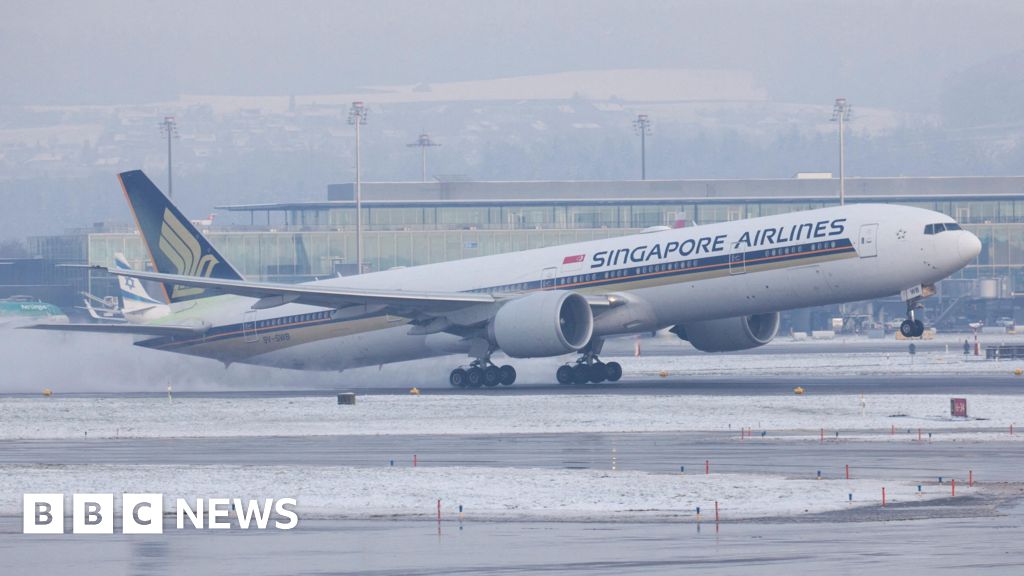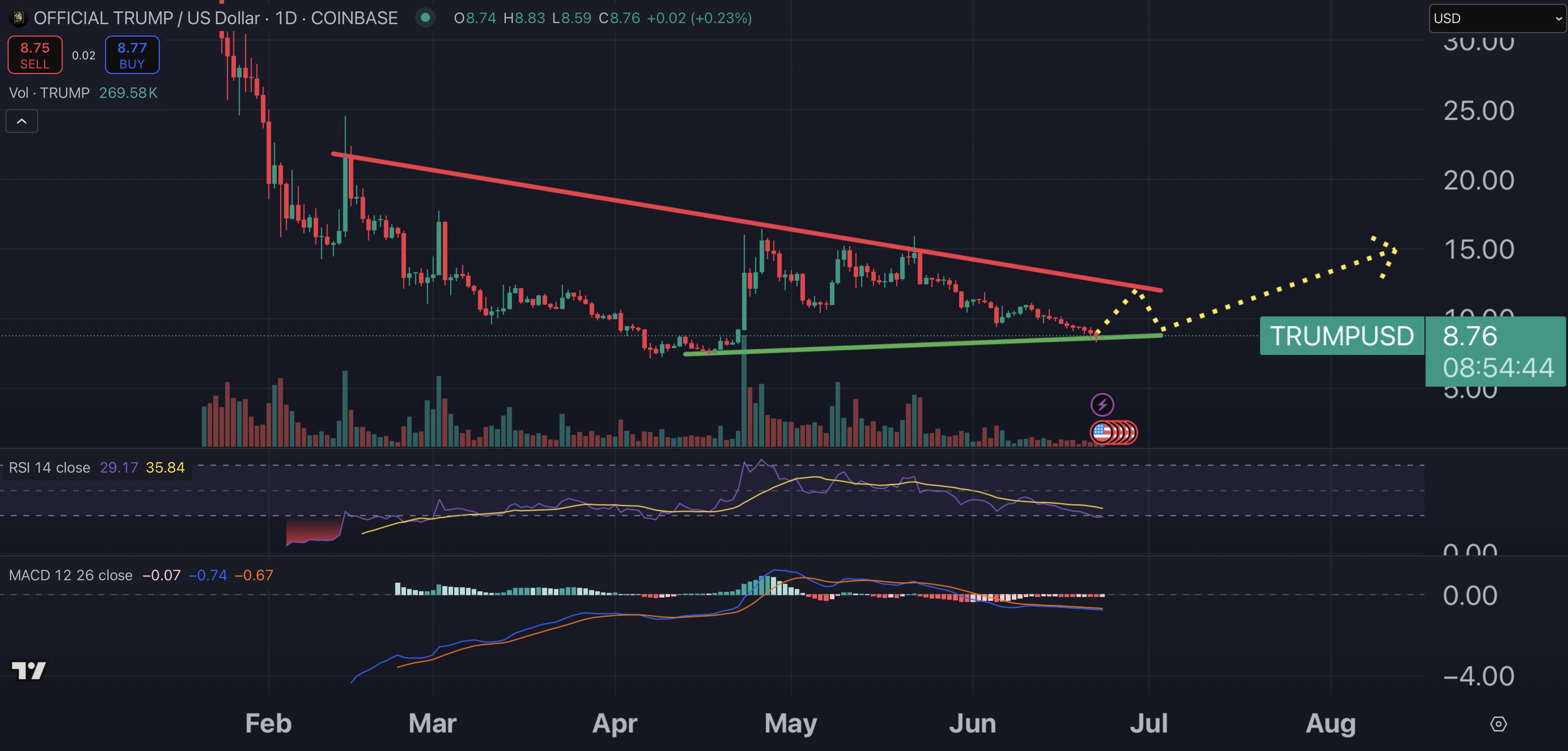“Clear air” turbulence is, as the name suggests, cloudless and cannot be seen. It is much more problematic as it’s very difficult to detect.
Emma Henderson, a former airline captain, explained that pilots can usually be warned or spot signs that turbulence is ahead.
She said in the case of the London to Singapore flight, it was “definitely much more likely” for the pilot to have had little warning.
“Not because of it being over the sea, it’s more because of the lack of flights around it.
“So, if you’re flying in busy European air space, for example, and there’s turbulence, pilots will talk to each other,” she explained.
“When you’re flying in a place where there’s very few other aircraft around, that information isn’t available so these things can happen without warning.”
Captain Henderson noted that the seat belt signs on the flight had just been switched on so there must have been some indication that turbulence was approaching.
She doesn’t think there would have been a chance to give greater warning.
Both captains Henderson and Hammond have stressed that severe turbulence was something that happened very infrequently.
Captain Hammond, who is also a member of the British Airlines Pilot Association, said turbulence does not scare him but admitted it did cause some concern early on in his career.
He would previously think “how much can the plane take?” but now knows just how much aircraft can withstand, adding “the wings are supposed to flap up and down.”
Captain Hammond said the route of the Singapore Airlines plane is normally no more difficult to fly than any other.
“It was daylight and as far as I know it was the middle of the afternoon so that’s when you’d expect the maximum clouds to bubble up, but they’re the ones you can see quite easily on the radar.
“If you see a thunderstorm in front of you, you go around it. You don’t go through it under any circumstances,” he told the BBC’s The World Tonight.
“If you can’t actually go around it completely then you take precautions.”
Credit: Source link











